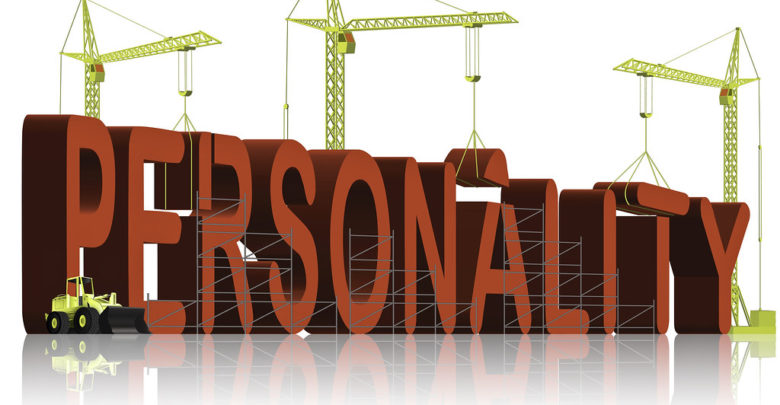Intellectual PropertyIP Licensing
Personality Rights under Copyright Laws

In the broadest sense, any right which results from the creative work of the Human Intellect is an Intellectual Property. The protection of such rights ensures the progress of various fields such as Science and Technology, Arts, Literature and various other creative works to encourage and reward creativity. Therefore, for constant growth in the economic and technological development of the nation, the protection of Intellectual Property also plays a very crucial role.[1]
According to Article 2 (viii) of the Convention which established the World Intellectual Property Organisation (WIPO), concluded in Stockholm on July 14,1967, provides that intellectual property includes all the rights relating to i) literary, artistic and scientific works; ii) performance of performing artists, phonograms and broadcasts; iii) inventions in all fields of human endeavor; iv) scientific discoveries; v) industrial designs; vi) trademarks, service marks and commercial names and designations; vii) protection against unfair competition; and all other rights emerging from intellectual activity in the industrial, scientific, literary and artistic fields.[2]
The Right of Publicity or Personality Rights is an independent right to protect the commercial interest of a celebrity’s identity. The entire idea of the Right of Publicity or Personality Rights works on the theory that a celebrity has an interest in the unauthorized exploitation of his identity.[3] There have been a variety of sources that shapes the idea of the Right of Publicity, but a majority of it has been developed by influential articles written down starting from the late nineteenth century. Louis Brandeis and Samuel Warren were the first ones to write key articles in the year 1890.[4] This article primarily dealt with the concept of Right to Privacy and was able to successfully revamp the way in which privacy rights were perceived. However, the fundamental difference between ‘Right to Privacy’ and ‘Right of Publicity’ was yet to be discovered.
Around 60 years later, Melville B. Nimmer wrote an article[5] that introduced the concept of the right of publicity. Prominent jurists then observed that the way in which Nimmer dealt with the right of publicity was exactly the way in which Warren and Brandeis dealt with the right to privacy.[6] Nimmer, in his article, opined that the immediate requirement of the celebrities did not deal with unreasonable intrusion into privacy, rather they needed some right to control the commercial value of their identity.[7]
In subsequent years, William Prosser wrote an article[8] on privacy and pointed out four different kinds of rights under the right to privacy. Firstly, intrusion upon one’s seclusion or solitude, secondly, public disclosure of private facts, thirdly, any publicity which places one in a false light, fourthly, use of one’s name for the defendant’s advantage. The first three types of rights worked on the basis of ‘right to be left alone’, however, the fourth kind of right was interpreted as the ‘right of publicity’, that leads to the protection of pecuniary interest in the commercial exploitation of one’s identity.
The United States Supreme Court in the case of Zacchini v. Scripps-Howard Broadcasting Co.[9] relied on the landmark cases on privacy being New York Times v. Sullivan[10] & Time Inc. v. Hill[11] and held that the ‘right of privacy’ was personal right whereas the right of publicity was also a commercial right covering a wider aspect than the right to privacy.






great article!